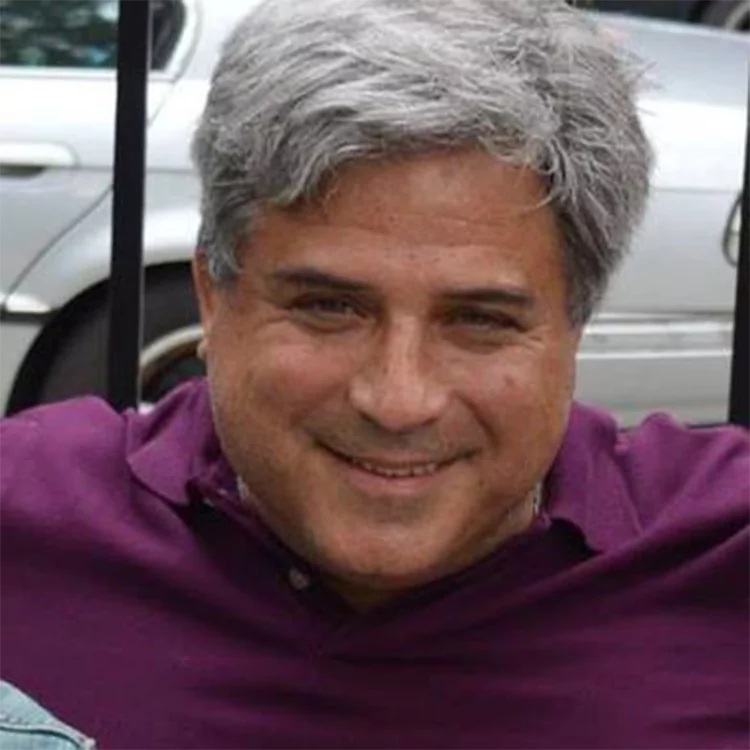Community officials, experts convene on nature-based solutions to storm readiness
As the group of 30 or so disembarked from AquaBear Adventures’ pontoon and stepped foot on Black’s Island, The Nature Conservancy’s Bob Bendick couldn’t help but remark about the perfect setting for Monday’s activities.
“Sitting here with this view reminds us of just the exceptional character of this coast in (Gulf, Bay and Franklin) Counties,” he said to the group as they congregated in the island’s clubhouse. “They are beautiful and naturally important, but also, there’s a unique relationship between the people who live and work here and the character of, access to and enjoyment of this coast.”
“What we hope the outcome of (this program) will be is local, state and federal agencies and nonprofits taking, as you all have done, responsibility for the future of this beautiful place.”
It was the first time the entire group, made up of governmental, environmental and community partners, had been able to meet together in-person.
They were convening under the umbrella of Starting Up Nature-based Solutions (SUNS), a first of its kind partnership program coordinated by The Nature Conservancy, which aims to help these partners coordinate nature-based solutions to storm-readiness in communities that were impacted by Hurricane Michael in 2018.
According to Chris Shepard, the SUNS project director, the program as it exists evolved from a model that initially meant to include about five in-person meetings into a years-long planning process that occurred mostly via Zoom in the midst of COVID-19 restrictions.
“COVID definitely made it more of a challenge, because we were meeting virtually on Zoom,” she said. “It was not the same as us all sitting in a room together looking at maps, pointing and discussing.”
“But we did our best to work through that, and I think it went really well given the enthusiasm and the number of ideas. We were thinking we were going to be really lucky to get 20 (project) ideas across the three counties… but we ended up having over 140, so then it became about identifying the projects with the most benefits.”

The program was deemed to be successful, and is now looking to be emulated in other Gulf coast communities in Texas and Alabama.
While Shepard said the SUNS organizers understand that not all solutions to the area’s storm-readiness can be rooted in nature-based practices, often these solutions have proven to be as effective, better for the environment and cheaper to produce than non-natural alternatives.
The idea for SUNS originated from studies performed in Gulf Coast communities examining the effectiveness of living shorelines in combatting the effects of storms as compared to seawalls and similar structures.
Finding that planted, natural shorelines had near the same effectiveness in most circumstances and were much cheaper to restore after storm events, Shepard said the project then became about determining how to get communities to pool resources and work together towards nature-based solutions.
“We really had to figure out how to move from a one at a time project model to figuring out how to support multiple communities to create nature-based solutions projects, so that’s where we came up with the working group project. We could all work together to identify project opportunities that, in some cases, cross jurisdictional boundaries.”
Now, Shepard said, SUNS have narrowed down the list of projects to 72 spread between the three counties, which they say will move on into their implementation phase.
“I think it’s moving towards us mutually understanding where their needs are for more planning support and/or funding,” Shepard said. “We’re helping to write grants or support grant writing and seeking public funding to pay for design and then construction, and in some cases, we have funding available for the Walmart Foundation where we can apply that to their projects.”
But the forward momentum of these projects will now largely rely on the different agencies acting as partners under SUNS. Jessica Graham, the director of the St. Andrews and St. Joseph Bays Estuary Program, said that she and her team feel up to the challenge.
“A lot of the Estuaries Program focuses on the exact same stuff, which is trying to increase resiliency,” Graham said. “… Nature-based solutions have been supported through a lot of different studies in a lot of different places, so we’re trying to work with our partners to increase the implementation of them. We get a lot of local residents who are willing to do it, but we’re not getting a lot of those to-scale projects that will really make the biggest difference.”
“We’re a liaison for a lot of these projects, so it kind of now shifts back into the Estuaries Program, where we’ll be working with (our partners) to find funding to do these projects, or additional partners if that’s what’s needed.”




Who were the community officials because I spoke with a county officials and none of them attended